Marble kitchen flooring has become a popular choice among homeowners and designers alike, thanks to its stunning aesthetic appeal and numerous functional benefits. This natural stone not only enhances the beauty of your kitchen but also adds a touch of elegance that is hard to replicate with other materials. In this article, we will explore the various aspects of marble kitchen flooring, including its advantages, design options, maintenance tips, and installation guidelines.
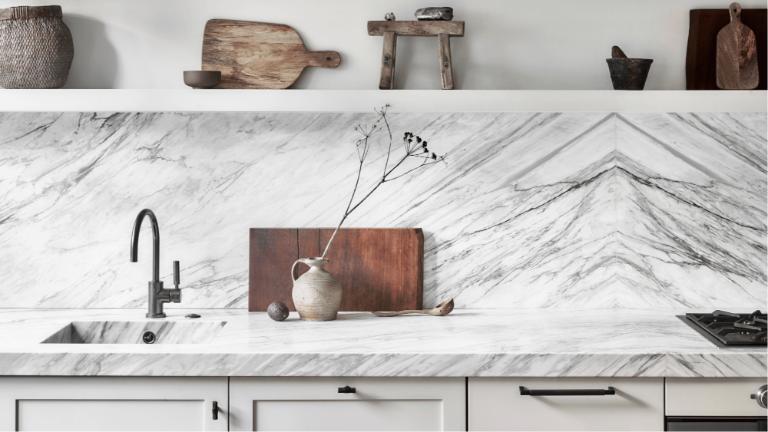
Table of Contents
ToggleWhat Makes Marble Kitchen Flooring Unique?
1. Aesthetic Appeal
One of the most compelling reasons to choose marble for your kitchen floor is its unparalleled beauty. Each slab of marble is unique, showcasing intricate veining patterns and a wide range of colors that can complement any kitchen design. Whether you prefer a classic white Carrara marble or a bold black Nero Marquina, marble flooring can serve as a stunning focal point in your culinary space.
2. Durability and Longevity
Marble is known for its durability and resistance to wear over time. While it is softer than some other stones like granite, it can withstand the rigors of daily kitchen use when properly maintained. With the right care, marble flooring can last for decades, making it a worthwhile investment for your home.
3. Heat Retention
Another significant advantage of marble flooring is its ability to retain and radiate heat. This property makes it comfortable underfoot, especially in kitchens where you may be standing for long periods while cooking or preparing meals. The cool surface of marble can also provide relief during warmer months.
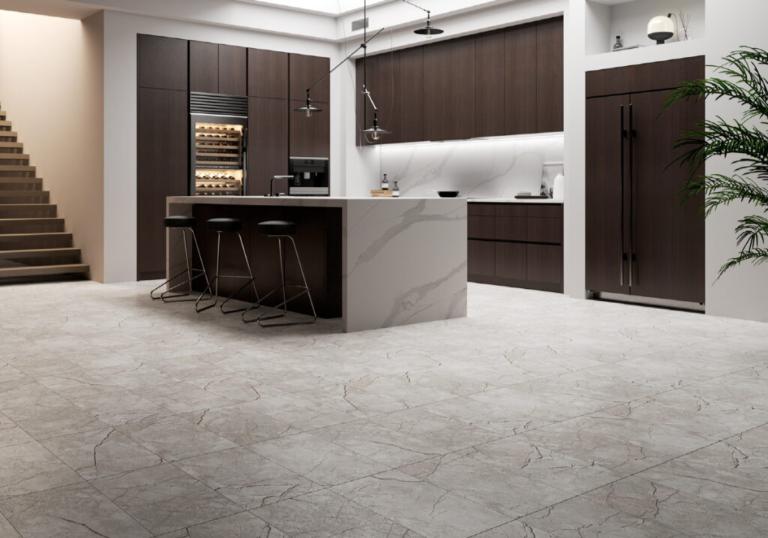
Design Options for Marble Kitchen Flooring
1. Classic White Marble
White marble is timeless and versatile, making it an excellent choice for both traditional and modern kitchens. Its light color can brighten up the space and create an illusion of a larger area.
2. Darker Shades
For those looking to make a bold statement, darker shades like black or deep grey marble can add drama and sophistication to your kitchen. These colors work well with lighter cabinetry and fixtures to create a striking contrast.
3. Mixed Patterns
Using different types of marble tiles in various patterns can add visual interest to your kitchen floor. Consider checkerboard designs or herringbone patterns that combine different colors or finishes to create a unique look.
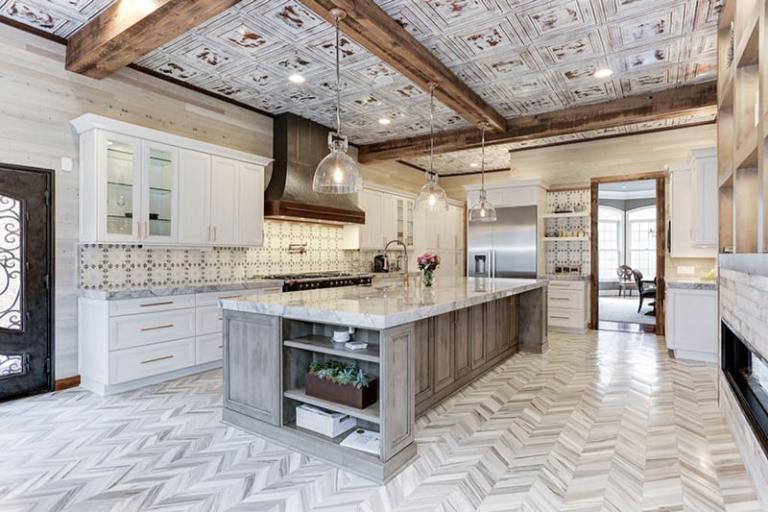
Pros and Cons of Marble Kitchen Flooring
Pros:
- Elegance: Marble adds a luxurious feel to any kitchen.
- Variety: Available in numerous colors and patterns, allowing customization.
- Heat Retention: Provides comfort underfoot and helps maintain temperature.
- Hypoallergenic: Does not harbor dust mites or allergens, promoting better air quality.
Cons:
- Porosity: Marble can be prone to staining if spills are not cleaned promptly.
- Scratching: It may scratch more easily than harder stones.
- Maintenance: Requires regular sealing and maintenance to keep it looking pristine.
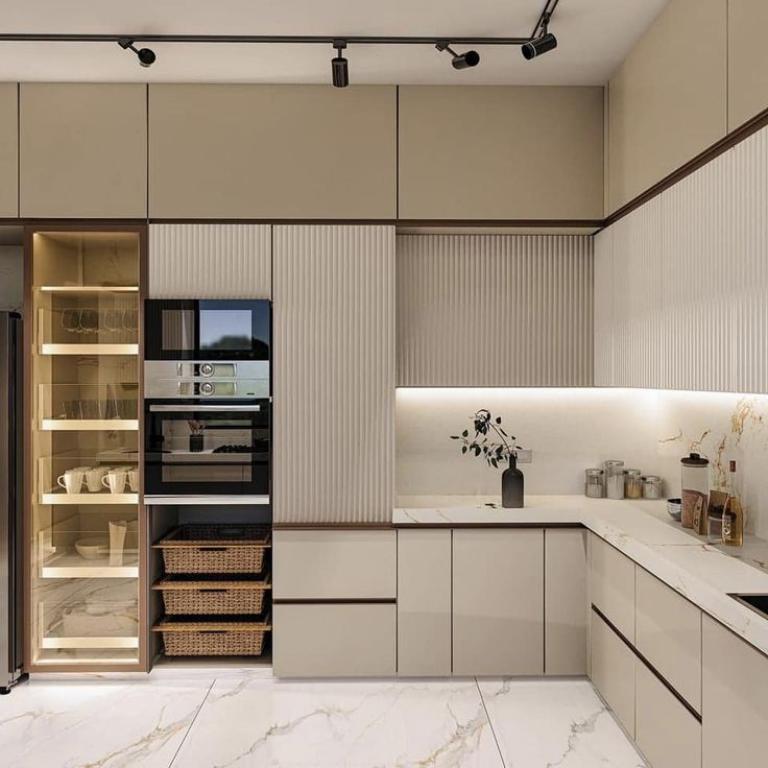
Maintenance Tips for Your Marble Kitchen Floor
To ensure your marble kitchen floor remains beautiful over time, follow these maintenance tips:
1. Regular Cleaning
Sweep or vacuum regularly to remove dirt and debris that can scratch the surface. Use a soft mop with a pH-neutral cleaner specifically designed for marble.
2. Prompt Spill Cleanup
Immediately wipe up spills with a soft cloth to prevent staining. Avoid using acidic cleaners like vinegar or lemon juice that can damage the marble surface.
3. Sealing
Apply a high-quality sealant every six months to protect against stains and moisture penetration.
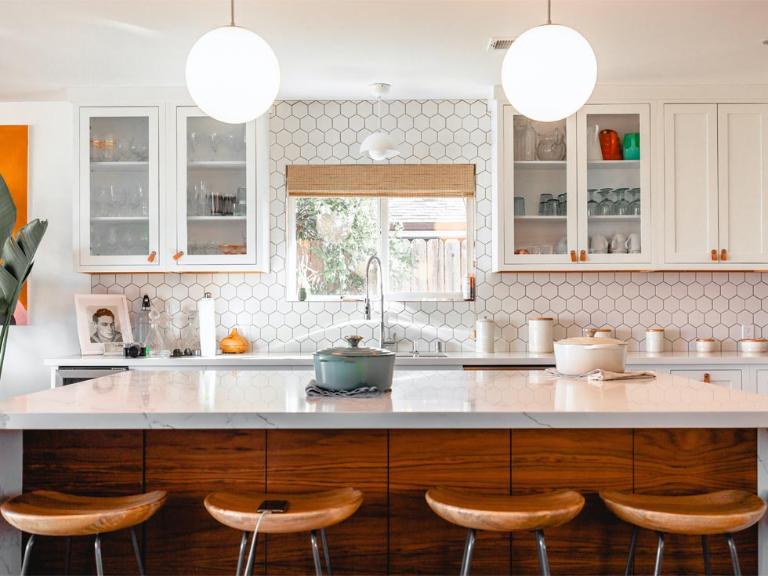
Installation Guidelines for Marble Kitchen Flooring
Installing marble flooring requires careful planning and execution:
1. Prepare the Subfloor
Ensure that the subfloor is clean, dry, and level before laying down the marble tiles. Any imperfections can affect the final appearance.
2. Plan Your Layout
Before installation, plan the layout by measuring the space accurately and marking reference lines on the subfloor.
3. Use Quality Adhesives
Choose an adhesive specifically designed for natural stone installation to ensure a secure bond between the tiles and subfloor.
4. Grouting
After installing the tiles, allow them to set for at least 24 hours before applying grout to ensure stability.
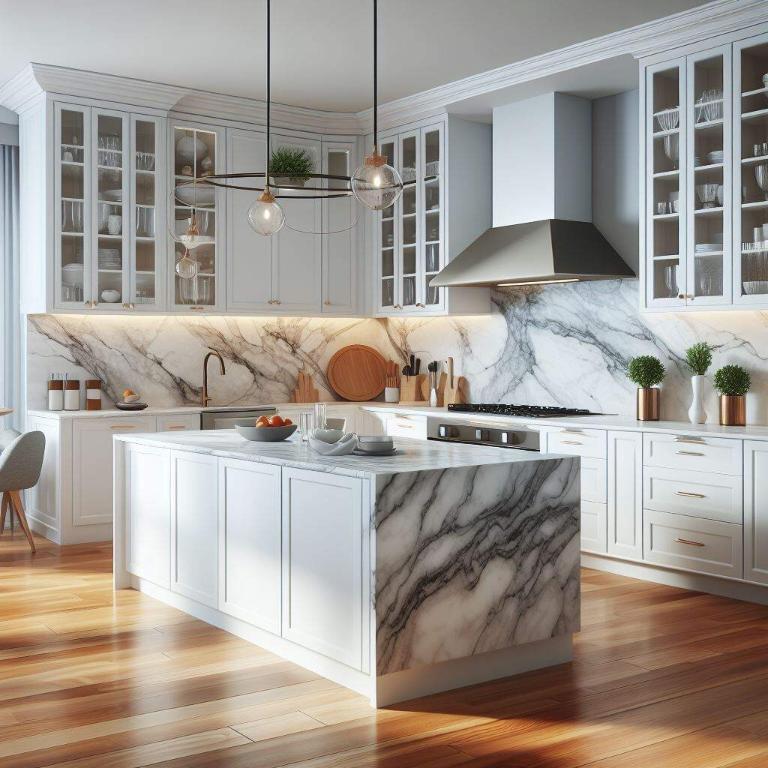
Marble kitchen flooring is an exceptional choice that combines beauty, durability, and functionality. Its unique characteristics make it suitable for various design styles while providing an elegant touch to your culinary space. With proper care and maintenance, your marble floor can remain stunning for years to come.
